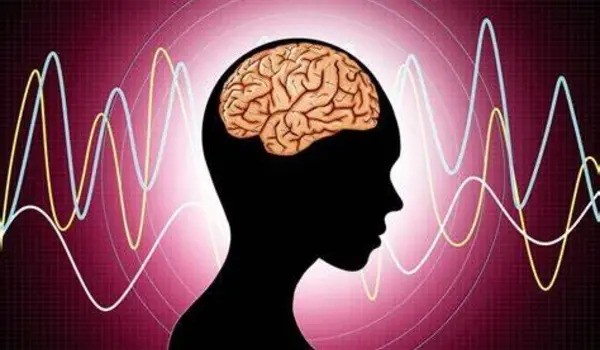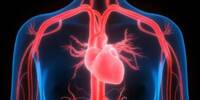A recent study published in the online issue of Neurology®, the medical journal of the American Academy of Neurology, found that having high blood pressure, specifically high diastolic blood pressure, was associated with a slightly greater odds of ever having a migraine in female participants. Diastolic pressure occurs while the heart rests between beats. Other cardiovascular risk factors, however, were not found to enhance the incidence of migraine.
“Previous research shows that migraine is linked to a higher risk of cardiovascular events such as stroke, heart disease, and heart attack, but less is known about how risk factors for cardiovascular events relate to having migraine,” said study author Antoinette Maassen van den Brink, PhD, of Erasmus MC University Medical Center in Rotterdam, the Netherlands. “Our study looked at well-known risk factors for cardiovascular disease, such as diabetes, smoking, obesity and high cholesterol and found an increased odds of having migraine only in female participants with higher diastolic blood pressure.”
The study included 7,266 persons, both male and female, with a median age of 67 years, 15% of whom had a past or current migraine.
Our study suggests that overall, migraine is not directly related to traditional risk factors for cardiovascular disease. Because we looked at people who were middle-age and older, future studies are needed in younger groups of people who are followed for longer periods of time.
Maassen van den Brink
All participants had physical exams and provided blood samples. They were also asked questions about migraine, including if they had ever experienced a headache with severe pain that affected their daily activities.
After controlling for a variety of cardiovascular risk factors such as physical activity and education level, researchers discovered that female participants with higher diastolic blood pressure had a 16% increased risk of migraine for every standard deviation rise. An increase per standard deviation is a measure for comparing diastolic blood pressure to other cardiovascular risk variables. Systolic blood pressure did not show any significant relationships. According to Maasen van den Brink, this lends credence to the hypothesis that migraine is linked to a tiny reduction in the function of small blood vessels rather than a reduction in large blood vessels.

Female participants with high cholesterol or obesity had no relationships, however current smoking was associated with a 28% lower risk of migraine, and diabetes with a 26% lower risk of migraine. Maassen van den Brink stated, “These findings should be read with caution, as they do not establish that smoking reduces the risk of migraines. Instead, smoking may cause migraine attacks, thus those who smoke are less likely to suffer from migraines.
In male participants, researchers discovered no link between cardiovascular risk factors and migraine.
“Our study suggests that overall, migraine is not directly related to traditional risk factors for cardiovascular disease,” said Maassen van den Brink. “Because we looked at people who were middle-age and older, future studies are needed in younger groups of people who are followed for longer periods of time.”
A limitation of the study was the small number of male participants with migraine. Maassen van den Brink said this could help explain why they found no associations for male participants between cardiovascular risk factors and migraine.
















